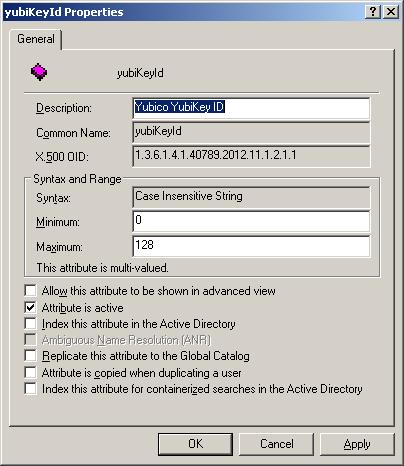Fedora 10 Install Success
I was very reluctant to install Fedora 10. Mainly because of the poor success I have had in the past with it all going smoothly. IE: Typically it all went very bad. I never do an upgrade. Always a backup of important data - never apps or configurations - then a fresh install. I like my system clean.
So after about 5 days of having the new distro, I couldn't wait any more. I was just too curious so I carefully backed everything up not forgetting this time to dump my databases too.
The install went absolutely swimmingly. It was like installing a vanilla ubuntu. Nothing went wrong - everything worked like it was supposed to. Just fantastic!!! I suggest you backup and install Fedora 10 today!
Only thing... ( there is always a but ) Amarok in the new version is unusable. I had to trawl google for like minded individuals. Found a forum where I was able to download a compiled version of Amarok 1.4. ( v10 ) I think. I needed this desparately because I use the REPLAYGAIN extention to keep the volume of my music all the same. We play our music through an FM Transmitter that covers a range of about 50 meters. Basically the whole house and neighbours too. Without volume normalisation we would be constantly adjusting the volume between tracks.
Why REPLAYGAIN. Well check it out. ITs pretty good stuff actually. It is a software tool that scans your music files ( mp3 and ogg in my case ) and stores a note in the id3 tags about the relative volume level. Then when amarok plays the song, it checks to see the volume level and adjusts the play volume automatically to compensate. There is no alteration to the actual source file. ( except for the ID3 tag that is. )
Anyway - INSTALL FEDORA 10 TODAY!!!!!!
So after about 5 days of having the new distro, I couldn't wait any more. I was just too curious so I carefully backed everything up not forgetting this time to dump my databases too.
The install went absolutely swimmingly. It was like installing a vanilla ubuntu. Nothing went wrong - everything worked like it was supposed to. Just fantastic!!! I suggest you backup and install Fedora 10 today!
Only thing... ( there is always a but ) Amarok in the new version is unusable. I had to trawl google for like minded individuals. Found a forum where I was able to download a compiled version of Amarok 1.4. ( v10 ) I think. I needed this desparately because I use the REPLAYGAIN extention to keep the volume of my music all the same. We play our music through an FM Transmitter that covers a range of about 50 meters. Basically the whole house and neighbours too. Without volume normalisation we would be constantly adjusting the volume between tracks.
Why REPLAYGAIN. Well check it out. ITs pretty good stuff actually. It is a software tool that scans your music files ( mp3 and ogg in my case ) and stores a note in the id3 tags about the relative volume level. Then when amarok plays the song, it checks to see the volume level and adjusts the play volume automatically to compensate. There is no alteration to the actual source file. ( except for the ID3 tag that is. )
Anyway - INSTALL FEDORA 10 TODAY!!!!!!

Comments
Buy Fedora 10 for i386 and x86_64 here:
http://www.thelinuxcdstore.com